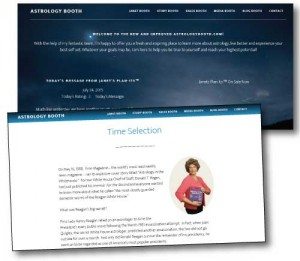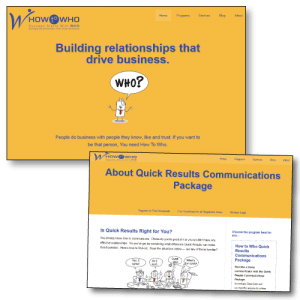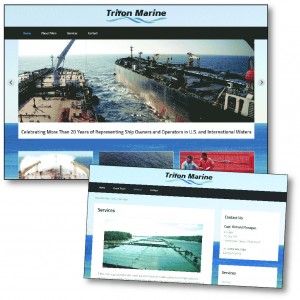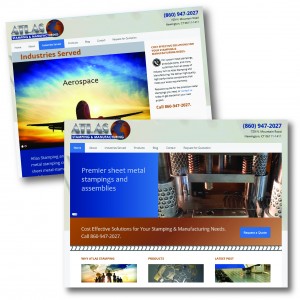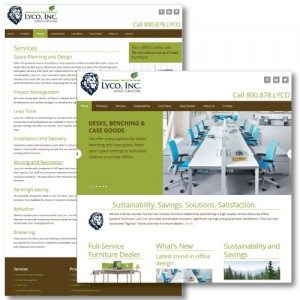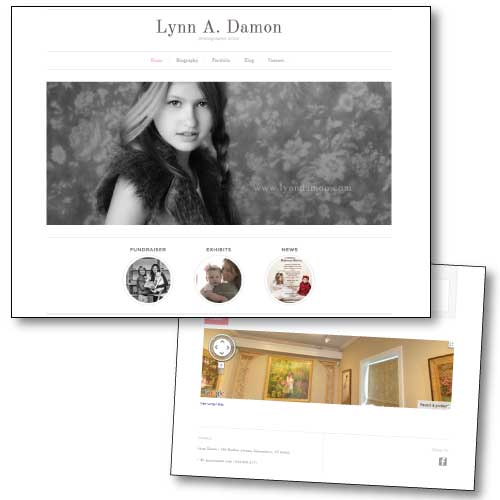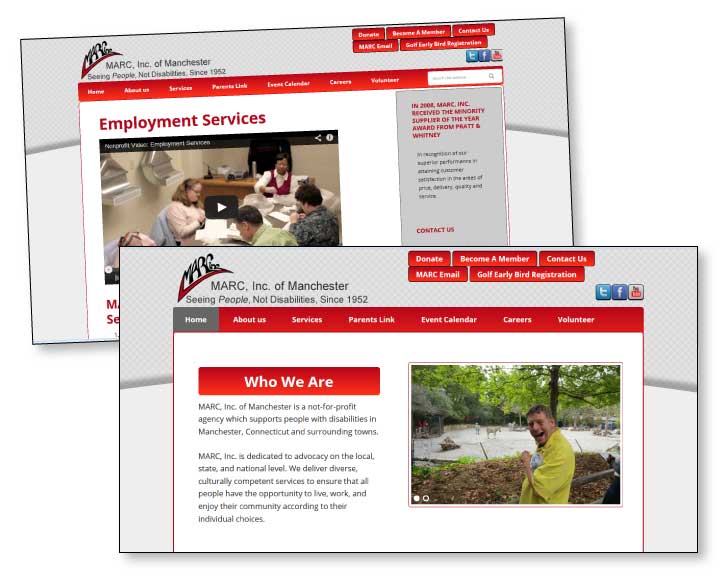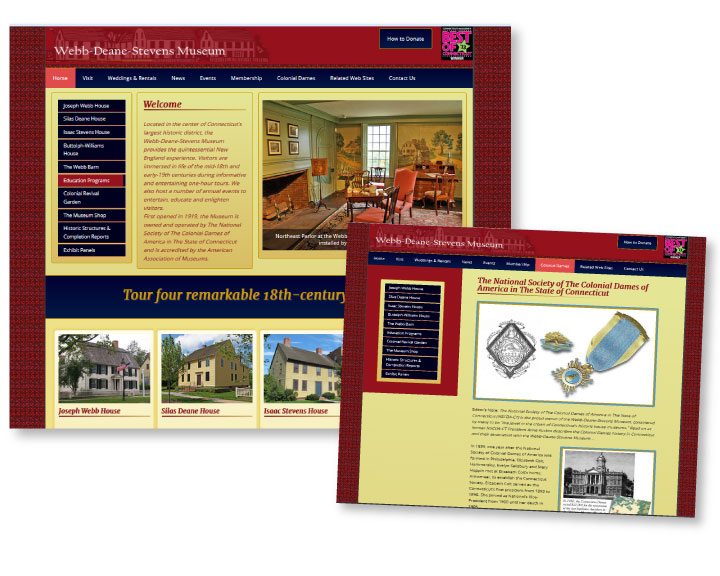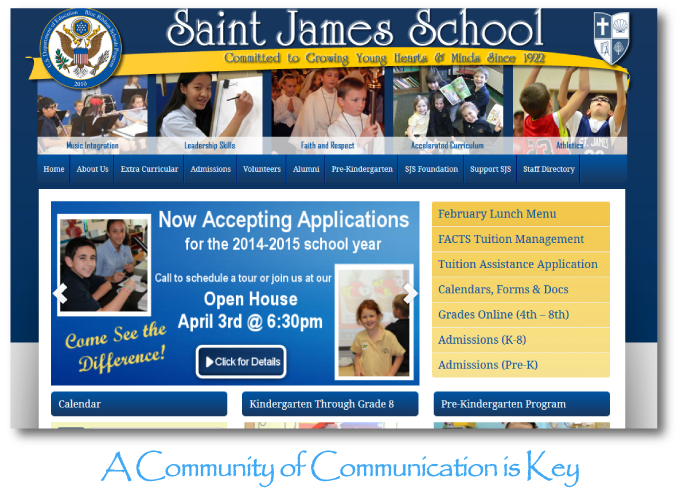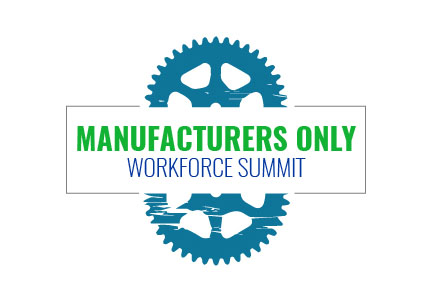
The Connecticut Manufacturers Resource Group (CTmrg) in conjunction with the Hartford Business Journal (HBJ) is hosting a workforce summit geared towards the specific challenges manufacturers face regarding workforce recruitment and retention.
We’re inviting manufacturing company owners and HR directors to attend the event to share unique solutions to their recruitment and retention challenges.
Recruitment and Retention Panel Discussions
The event will include two panel discussions – one on recruitment and the other on retention. The panels will consist of manufacturers discussing a variety of topics including…
- Recruiting and working with Military Vets
- Wow to set up training programs with your local high school
- 2nd chance programs
- Next generation on-boarding
- Profit sharing
- EQ training
- There is also a presentation on an alternate workforce
Bonus – Funding Sources and Educational Partners
In addition, we will have representatives from all the funding programs (STEP, Step-up, forgive-able grants, MVP, NETAAC, etc.). There will also be representatives of the technical high school system, community college and state colleges/universities. It will provide a true one-stop resource for funding and education partners.
Join Us
Date: Wednesday, June 12, 2019
Time: 7:30am-12:30pm
Location: UConn Cell & Genome Sciences Building, 400 Farmington Ave, Farmington, CT
Cost: $49.95 (Breakfast and coffee will be provided)
We are limited to 100 attendees so be sure to sign up soon.


